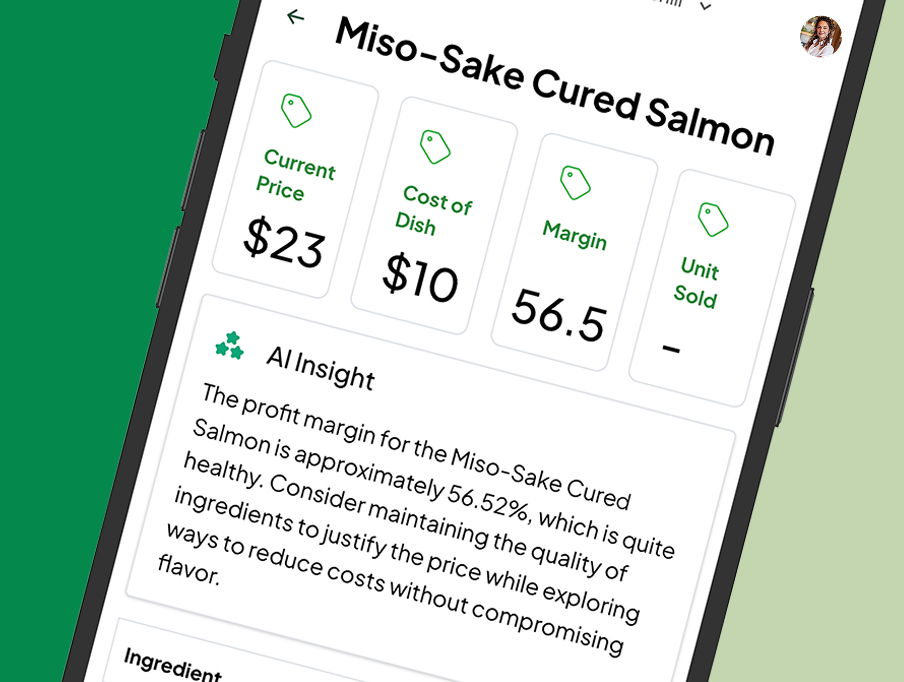The restaurant industry sits at the crossroads of global trade and local dining, making it especially sensitive to changes in tariffs and international supply chains. Over the past year, sweeping new tariffs have sent ripples through restaurant operations, affecting everything from ingredient sourcing to menu pricing—and ultimately, the bottom line.
How Tariffs Disrupt the Restaurant Supply Chain
Tariffs are taxes imposed on imported goods, and recent policy changes have placed a 10% baseline tariff on imports from all countries, with even higher rates for specific nations. For restaurants, this means a significant portion of essential supplies—food products, packaging, kitchen equipment, and even furniture—now cost more to bring in. Even establishments that focus on local sourcing aren’t immune: as demand for domestic goods rises, so do their prices, compounding the cost pressures.
Key imported items affected include:
- Specialty foods: Olive oil, European cheeses, seafood, spices, and out-of-season produce.
- Beverages: Imported wines, specialty beers, and spirits.
- Equipment and tableware: High-quality china, glassware, and kitchen appliances from overseas.
- Packaging: Paper goods and containers, especially those made with imported materials.
These disruptions force restaurants to rethink their supplier relationships and menu offerings, often leading to more frequent menu changes and the search for alternative, sometimes costlier, local ingredients.
The Direct Link: Tariffs and Menu Price Inflation
As ingredient and supply costs rise, restaurants face a tough choice: absorb the extra expense or pass it on to customers. Given already thin profit margins, most operators have little choice but to adjust menu prices upward.
Recent data shows that restaurant prices hit an all-time high in early 2025—a direct result of tariff-driven cost increases on everything from lemons and avocados to beef and seafood. For example, tariffs on Mexican goods have driven up avocado prices, while those on European imports have made olive oil and specialty cheeses more expensive. The cumulative effect is clear: nearly every item on the menu carries a higher hidden cost, and those increases are now reflected in what diners pay.
Strategic Responses: Adapting Menus and Operations
To navigate this new landscape, restaurants are employing several strategies:
- Menu engineering: Swapping out costly imported ingredients for more affordable, locally sourced or seasonal alternatives. For instance, a dish featuring imported seafood might be replaced with a regional fish, or high-priced avocados substituted with local produce.
- Portion control: Some operators are reducing portion sizes to maintain price points without sacrificing profitability.
- Supplier diversification: Building relationships with multiple suppliers, both local and international, to ensure flexibility and negotiate better prices.
- Transparent pricing: While raising menu prices is often unavoidable, some restaurants are communicating the reasons to customers, building trust and understanding during times of economic uncertainty.
The Broader Impact: Profitability and Consumer Behavior
The challenge for restaurants is to balance rising costs with customer expectations. While some analysts note that consumer demand has remained resilient so far, there is concern that persistent price hikes could eventually dampen traffic, especially among price-sensitive diners. Operators must walk a fine line: raise prices too much, and risk losing customers; absorb too many costs, and risk eroding already slim margins.
Leveraging Data for Smarter Decisions
With so many variables in play, having clear, up-to-date insights into menu performance is more valuable than ever. Tools like MRGN’s free menu performance analysis can help operators keep a close eye on ingredient costs as they fluctuate, identify which menu items are most and least profitable, and make data-driven decisions about pricing, portion sizes, and substitutions. By understanding exactly how tariffs and supply chain shifts are impacting their unique menu, restaurants can adjust more confidently and maintain profitability—even in a changing market.
Looking Ahead: Staying Agile in a Shifting Landscape
Tariffs and supply chain disruptions are likely to remain a fact of life for the foreseeable future. Restaurants that thrive will be those that stay informed, adapt quickly, and innovate—whether by reimagining their menus, forging new supplier partnerships, or leveraging technology for greater efficiency.
Bottom line: Tariffs are reshaping the restaurant industry from the supply chain to the menu. By understanding the direct connection between trade policy, ingredient costs, and menu pricing, and by using the right tools to monitor and respond to these changes, operators can make smarter decisions to protect their profitability and continue serving up value to their customers—even in uncertain times.


